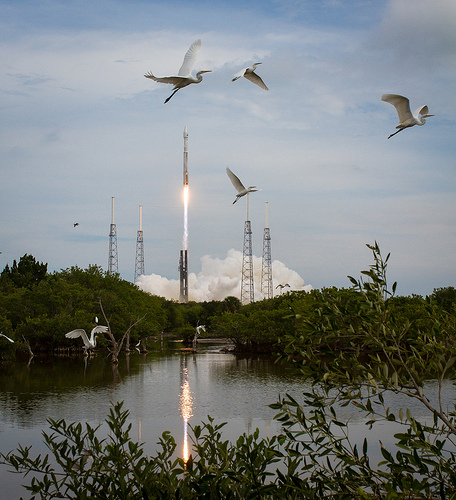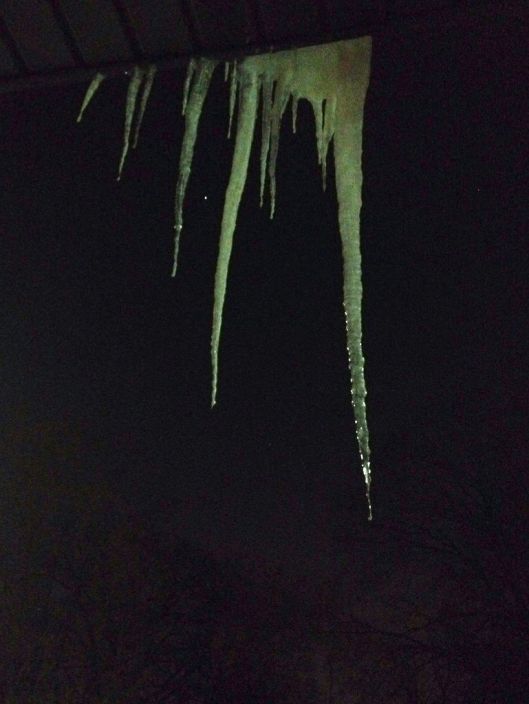Tags
We have another Martian oddity on our hands.
In this late 2013 image of the red planet, a field of dunes appear in V-shaped formation. Located on a large crater in an old Martian valley, the dunes number in the dozens.
“For dune fields, the spacing of individual dunes is a function of sand supply, wind speed, and topography,” according to NASA.
The formations have been likened to migratory bird formations and even a popular sci-fi show.
@NASA @HiRISE These shapes remind me of something but I just can’t put my finger on it https://t.co/u3BWIZNST4 pic.twitter.com/DOiV85Dmg1
— William Shatner (@WilliamShatner) February 19, 2014
Ha!




![Space Travel: Then and Now [Infographic]](https://i0.wp.com/m2.wish.co.uk/blog/wp-content/uploads/2013/08/Space-Travel-revised2.jpg)

